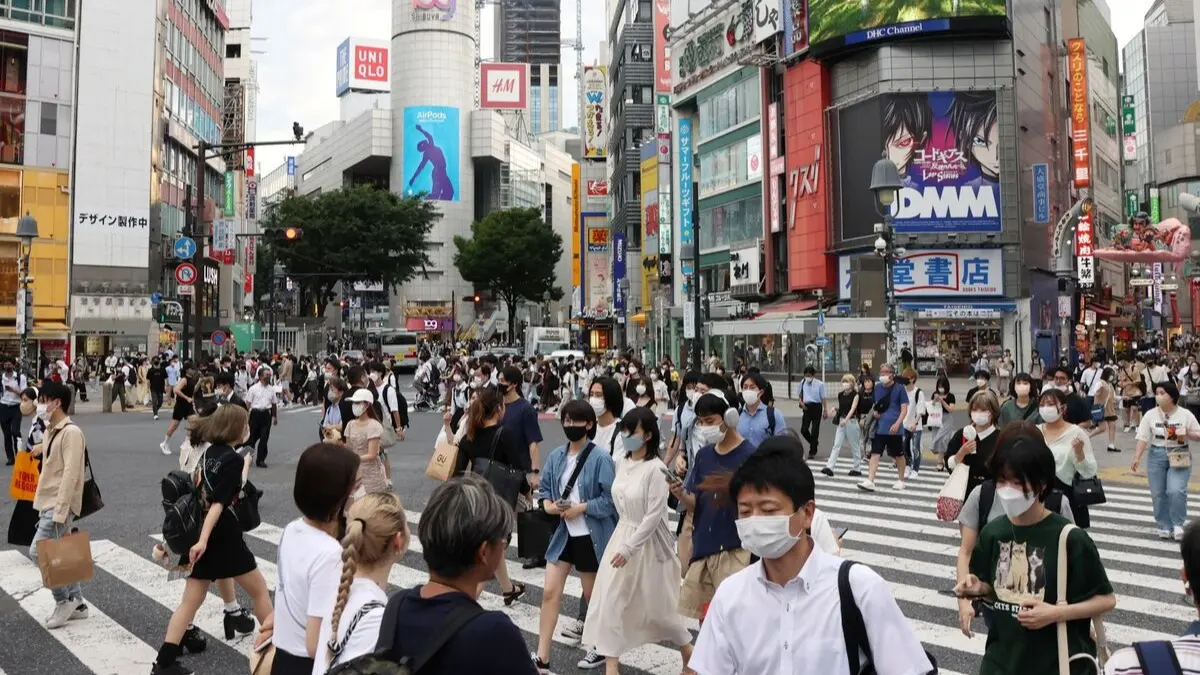Updated 5 June 2025 at 22:48 IST
Fertility Rate Hits Historic Low as Japan’s Births Drop Below 700,000
Experts had predicted that annual births would fall to around 680,000 by the late 2030s. Japan has reached this point 15 years earlier than expected.
- World News
- 3 min read

Japan is facing an intensifying population crisis, with the government reporting the lowest number of births in more than a century. In 2024, only 686,061 babies were born—marking a 5.7% drop from the previous year and the lowest figure since the government began keeping records in 1899.
The troubling data, released this week by Japan’s health ministry, comes despite national efforts to encourage more families to have children. It does not include births to foreign residents.
Fertility rate hits record low
Along with the decline in total births, the country’s fertility rate—the average number of children a woman will have in her lifetime—also dropped to a historic low of 1.15, down from 1.20 in 2023. That is far below the 2.1 rate needed to keep the population stable.
The ministry also noted that Japan saw 1.6 million deaths in 2024, up 1.9% from the previous year, highlighting the imbalance between births and deaths in the country.
Advertisement
A long-term downward trend
The number of births in Japan has fallen for nine consecutive years. While the number of marriages—closely tied to birth trends in Japan—rose slightly in 2024 to 485,063, this does little to reverse the overall downward trend that has been in place since the 1970s. In fact, Japan’s population decline has been accelerating for decades: births dropped below one million in 2016, and then below 800,000 in 2022.
To put the current situation in perspective, 1949 saw a peak of 2.7 million births—four times the 2024 number.
Advertisement
Here is what you need to know
Experts had predicted that annual births would fall to around 680,000 by the late 2030s. That Japan reached this point 15 years earlier than expected has caused alarm. According to the Kyodo news agency, the latest figures have arrived much sooner than estimates from the National Institute of Population and Social Security Research.
If the current trends continue, Japan’s population of 124 million is expected to shrink to 87 million by 2070. By that time, 40% of the population will be aged 65 or older.
This demographic shift carries wide-ranging implications, from a shrinking workforce and rising social welfare costs to national security concerns. A smaller population could challenge Japan’s ability to sustain its economy and maintain its military presence in the face of regional threats from China and North Korea.
A Silent emergency, says Japanese PM
Prime Minister Shigeru Ishiba has described Japan’s demographic situation as a “silent emergency.” In response, his government has introduced several measures aimed at encouraging more people to have children. These include expanding child allowances, offering free high school education, and guaranteeing that couples who take parental leave simultaneously receive 100% of their take-home pay.
Still, analysts say the policies may not be enough to reverse the trend unless broader cultural and economic issues—such as job insecurity, high living costs, and work-life imbalance—are also addressed.
As Japan continues to grapple with its population decline, the latest figures are likely to add urgency to the search for long-term solutions.
Published By : Sagar Kar
Published On: 5 June 2025 at 22:48 IST
